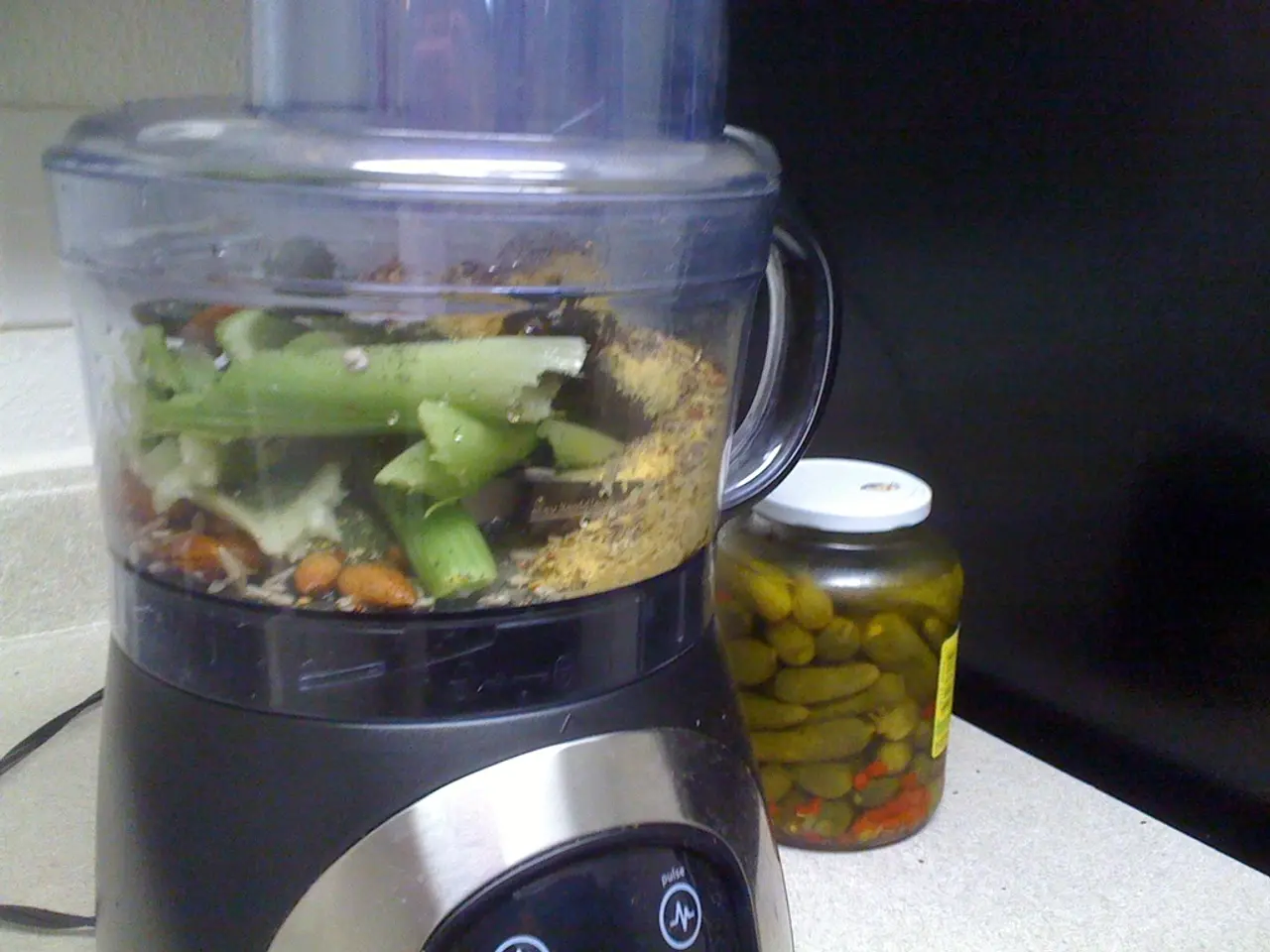Kitchen Mixers: Weighing Their Pros and Cons
Choosing the Right Mixing Device for Professional Cooking
In the modern kitchen, mixing devices are essential tools, especially for those who enjoy cooking a variety of international dishes. From soups and sauces to desserts, traditional German cuisine also requires the use of mixing devices. With the trend of cooking more internationally, there is more access to recipes and ingredients, making cooking more diverse and necessitating the use of mixing devices.
When it comes to choosing the right mixing device, it can be challenging for laypeople due to the variety of options available. However, a well-informed decision can be made by considering key factors, especially when selecting professional-grade mixing devices such as gastro mixers for both stand mixers and immersion blenders.
Firstly, consider the attachments and accessories. Look for mixers that come with a variety of attachments, such as beaters, dough hooks, whisks, or blades, suited to the specific tasks you intend to perform. Dishwasher-safe attachments are preferable for easy cleaning.
Secondly, consider the speed settings and control. A wide range of variable speeds offers better control over mixing intensity. Look for models with turbo or boost functions to handle demanding tasks smoothly and ensure uniform mixing.
Thirdly, consider the power and motor strength. Professional-grade devices should have robust motors to handle thick mixtures or continuous heavy use in commercial environments without overheating or losing performance.
Fourthly, consider the weight and ergonomics. For handheld immersion blenders, consider the weight and grip comfort, as heavier devices may cause user fatigue during extended use. Stand mixers should have stable bases for safety.
Fifthly, consider durability and material quality. Look for food-grade stainless steel construction and durable components that meet safety standards to ensure long-term reliability and hygiene.
Sixthly, consider ease of cleaning and maintenance. Removable and dishwasher-safe parts help maintain hygiene and reduce downtime in busy kitchens.
Lastly, consider safety features, especially important in commercial settings. Look for compliance with relevant food safety certifications and built-in safety mechanisms like double interlocks.
By considering these factors, you can ensure that the mixer is efficient, durable, user-friendly, safe, and suitable for professional culinary tasks in a gastro or commercial kitchen environment. Whether you're a home cook or a professional chef, these considerations will help you make the right choice for your mixing device needs.
In the expansion of your food-and-drink endeavors, it's beneficial to explore attachments and accessories for your mixer that cater to various tasks in other cooking styles, such as dough hooks for bread-making or blades for pureeing vegetables in home-and-garden inspired recipes. Ensuring your mixer is versatile and easy to clean will contribute to maintaining a diverse and enjoyable cooking lifestyle.




